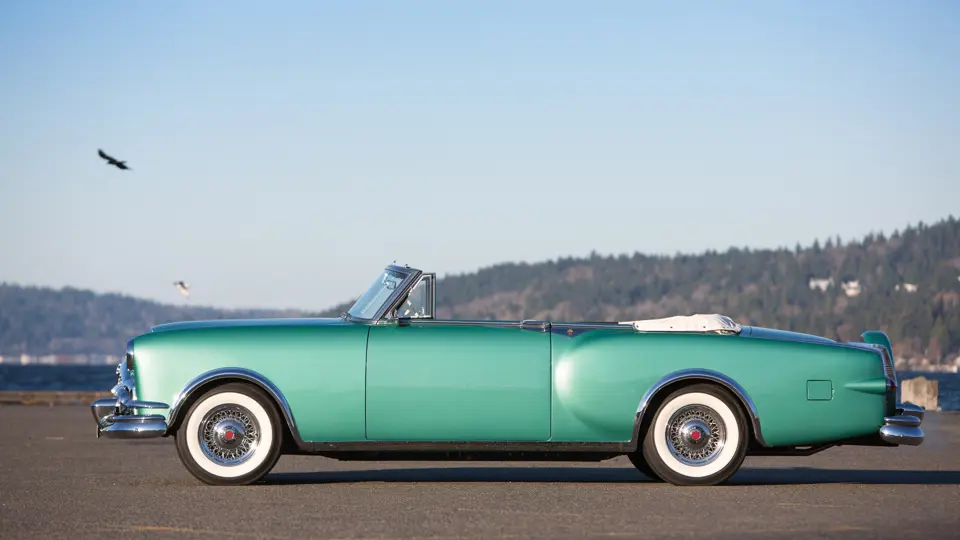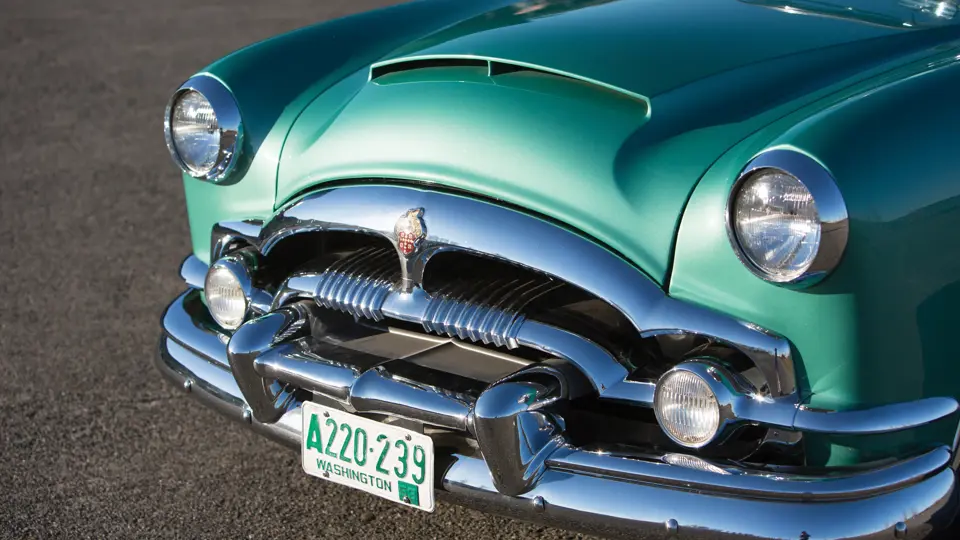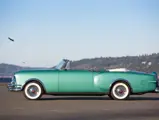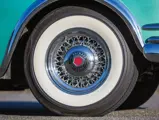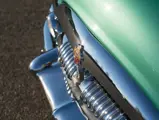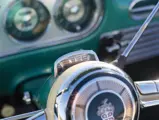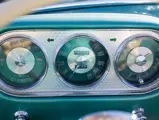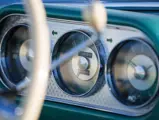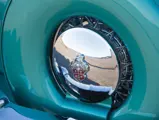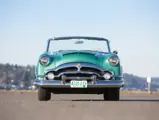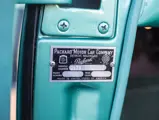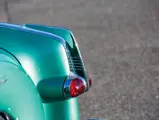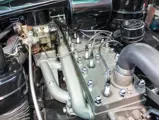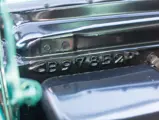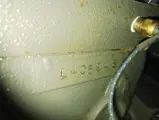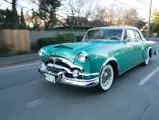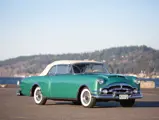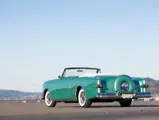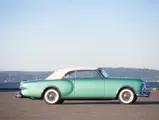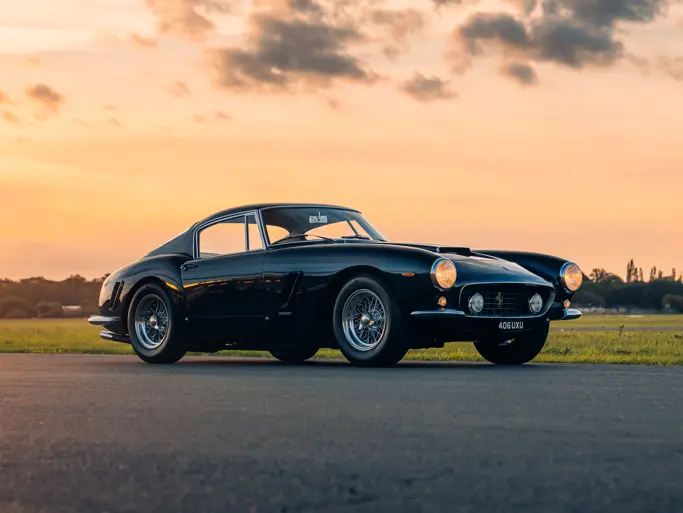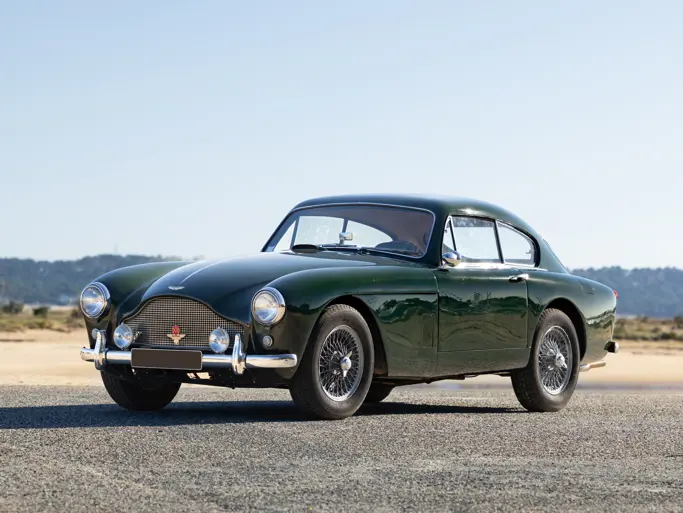Model 2678. 180 bhp, 327 cu. in. L-head inline eight-cylinder engine, Ultramatic transmission, coil-spring independent front suspension, live rear axle with semi-elliptic leaf springs, and four-wheel power-assisted hydraulic drum brakes. Wheelbase: 122 in.
Packard Motor Car Company emerged from World War II with a much-curtailed product line. Gone were the spectacular coachbuilt Senior cars of the 1930s. So were the flamboyant Packard Darrins from 1940 to 1942. After two years of marking time with a short range of carryover Clipper models, the company brought out the radically new 22nd Series cars of 1948. Although streamlined, their style did not appeal to everyone, and worse, even the most prestigious models did not stand out from the entry-level cars. It was 1953 before Packard had another high-profile model available.
With a limited production run of only 750, the exclusive Caribbean was Packard’s “halo vehicle.” It was introduced in November 1952 with the rest of the 1953 line, and its styling was derived directly from the stunning Packard Pan American show car of 1952. Mitchell-Bentley Corporation modified standard Packard convertible bodies to achieve the sleek, elegant European appearance of the Caribbean. The car was devoid of regular side trim and had special full-wheel cutouts and rocker panels edged in chrome. It also had a Continental kit nestled nicely between lengthened rear fenders. A 327-cubic inch, 180-horsepower version of Packard’s legendary straight eight provided motivation.
The Gulf Green car offered here was the 61st Caribbean built, and it was originally delivered to prominent Seattle building supply magnate, philanthropist, and socialite James Hodges. Mr. Hodges drove the Packard for two years, before selling it to a family friend, Mary Christina Nuckols, who had long admired it. Mrs. Nuckols dubbed the Caribbean “my dream boat,” and she enjoyed it for over a decade, before her doctor advised her to give up driving, due to a heart condition.
Mrs. Nuckols followed her doctor’s advice and stopped driving her Packard. While she could not drive her Caribbean, she could also not bear to part with it. It continued to be registered for the road every year from 1968 to 1991, with the license plate renewals tucked carefully into a desk drawer, and it was properly stored up on blocks in her garage. Only in 2004, at the age of 95, was she convinced to sell it to the current owner, a well-known Seattle enthusiast who had been pursuing the car for two decades. Mary Nuckols died in 2009, after 100 happy years.
The car was in good condition as-purchased, and it is an excellent basis for restoration. Its body was properly stripped, repaired, and metal-finished, with no filler, and then it was refinished in the original Caribbean-exclusive color. New upholstery, in the correct grain and color, was installed. New wiring, hoses, seals, and molding were installed throughout. The original engine showed wear, and it was replaced with an original Packard replacement block, which was completed with all NOS components and stamped with the car’s original engine number, L405945. All chassis components were rebuilt to ensure excellent operation.
Mary Christina’s “dream boat” was the winner of class awards at the Steamworks and Hillsborough Concours d’Elegance, and it is one of the nicest restored Caribbeans remaining, and still being driven. She would, no doubt, be thrilled.

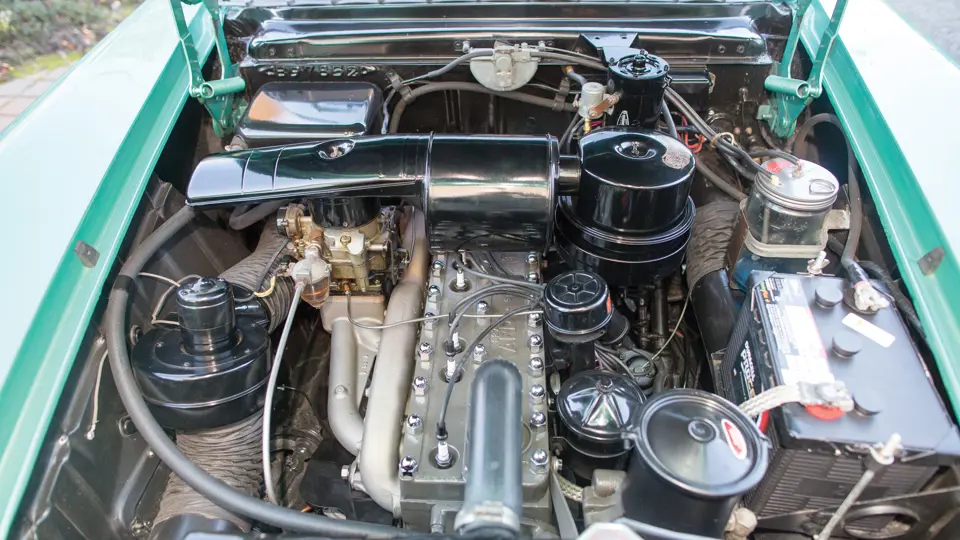


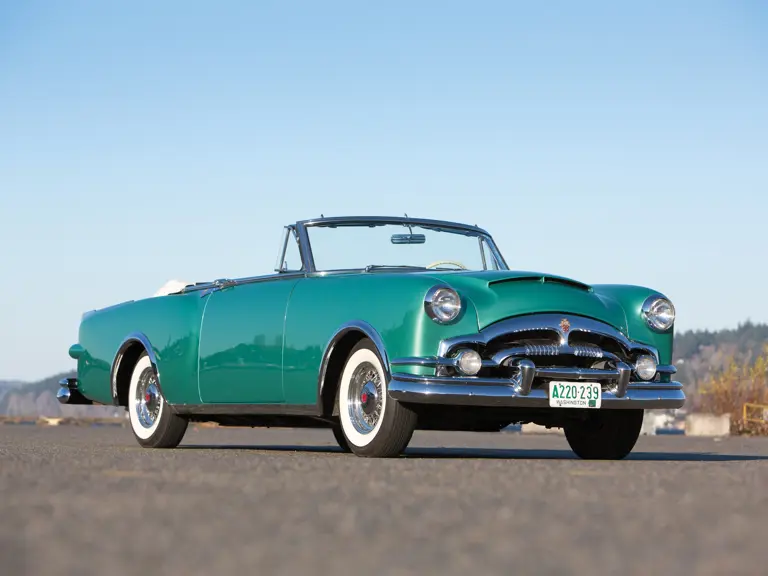
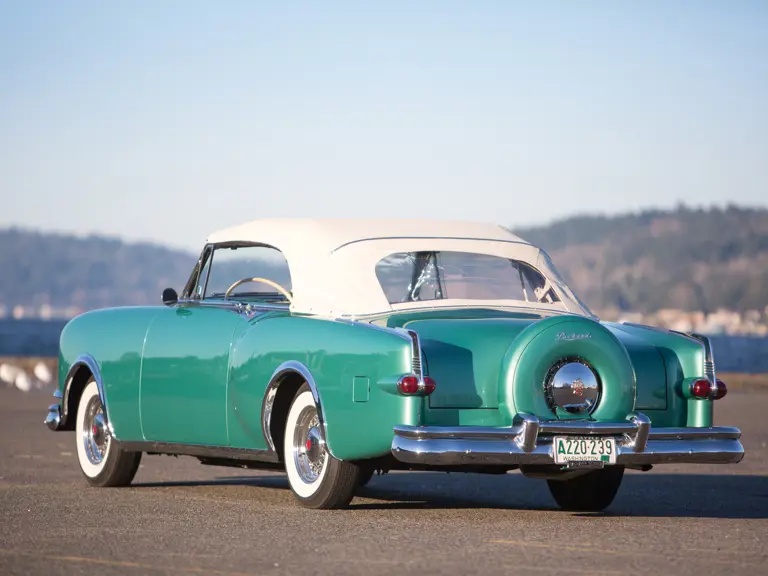
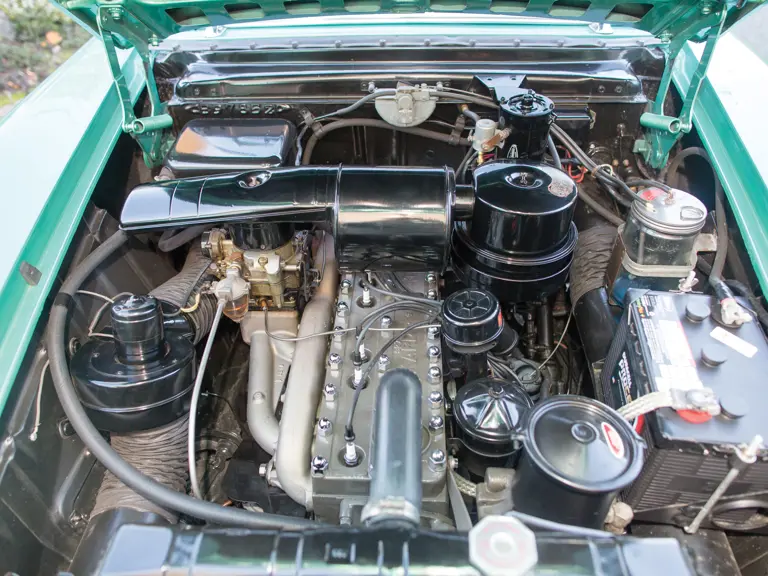
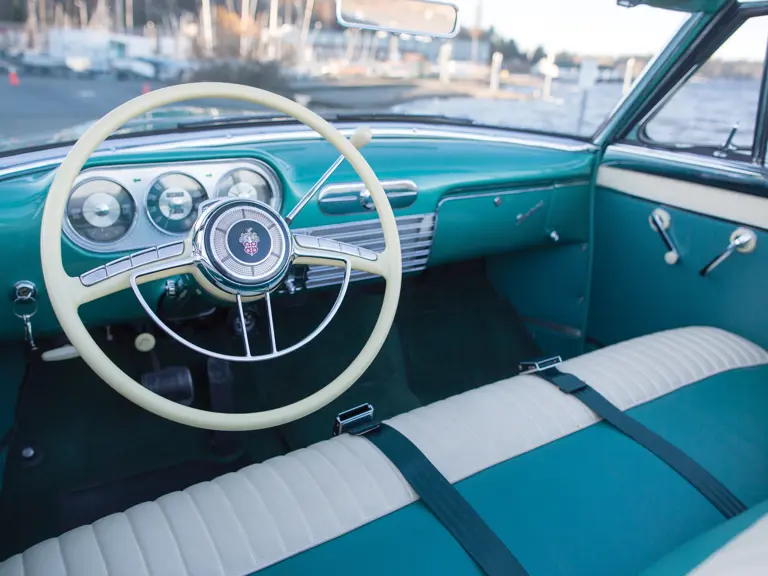
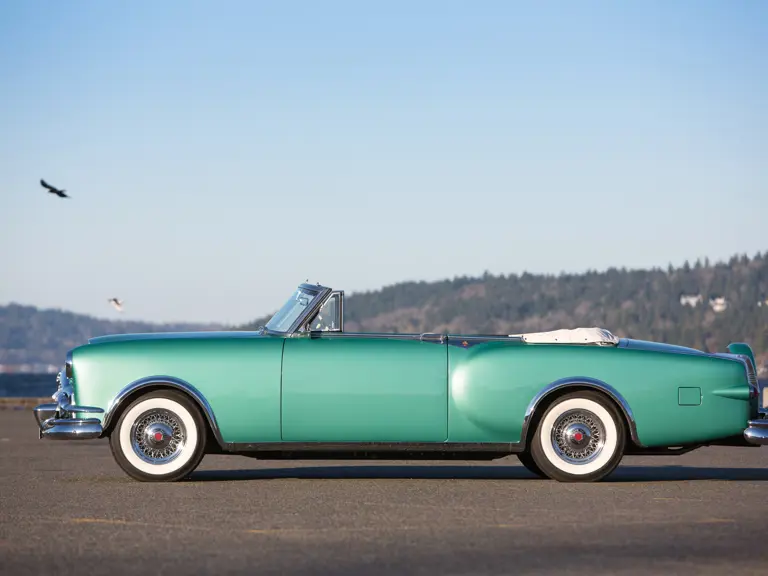
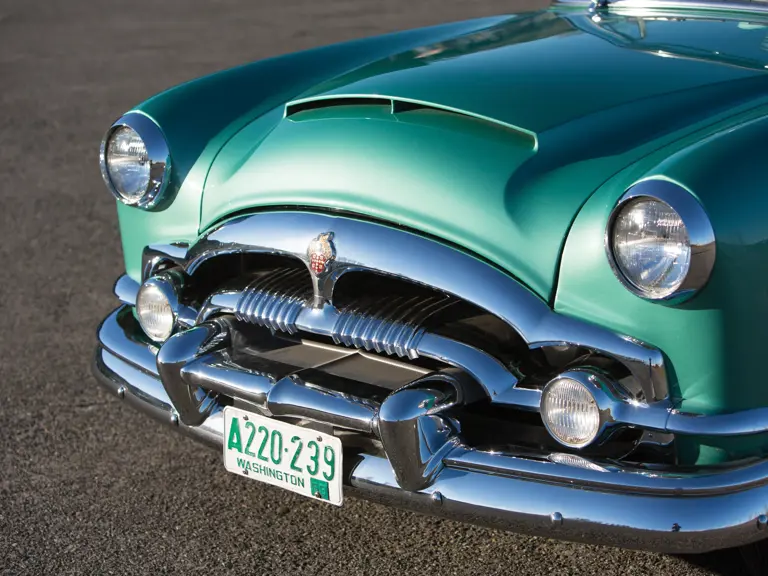
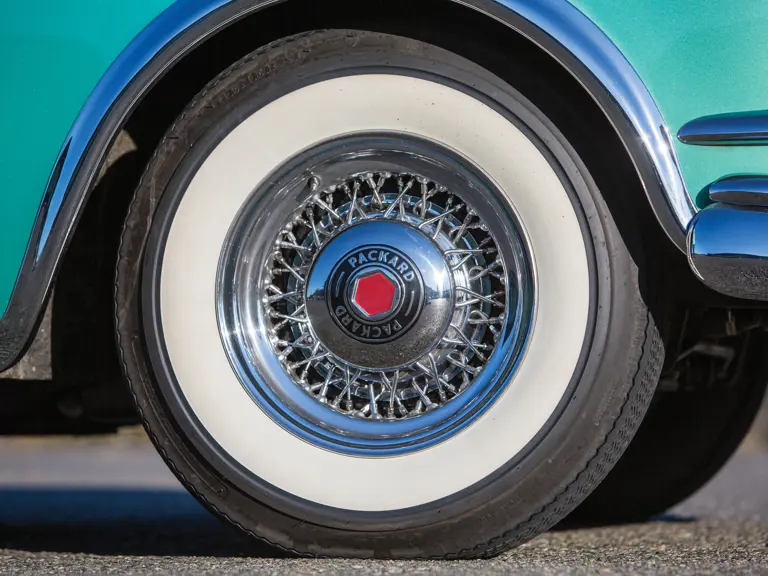
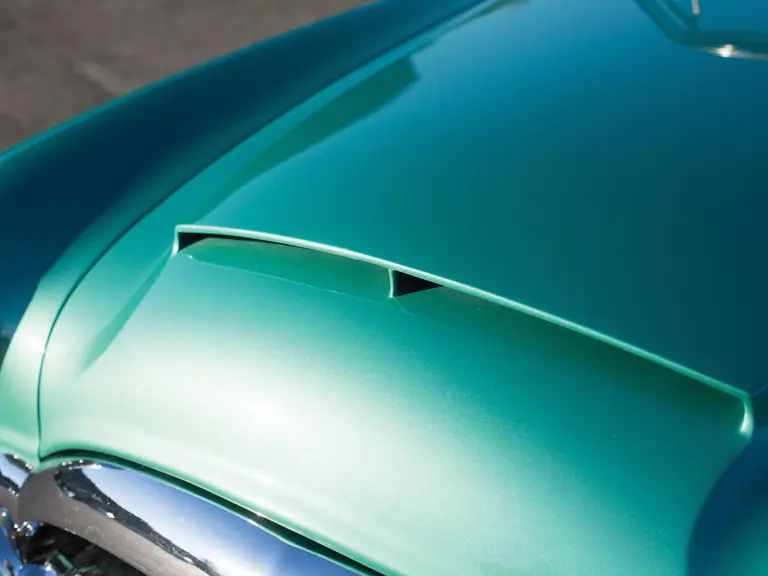
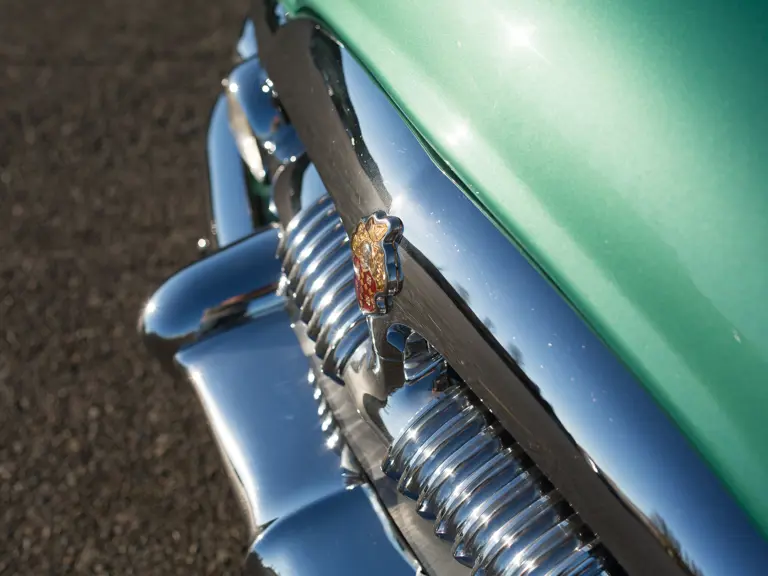
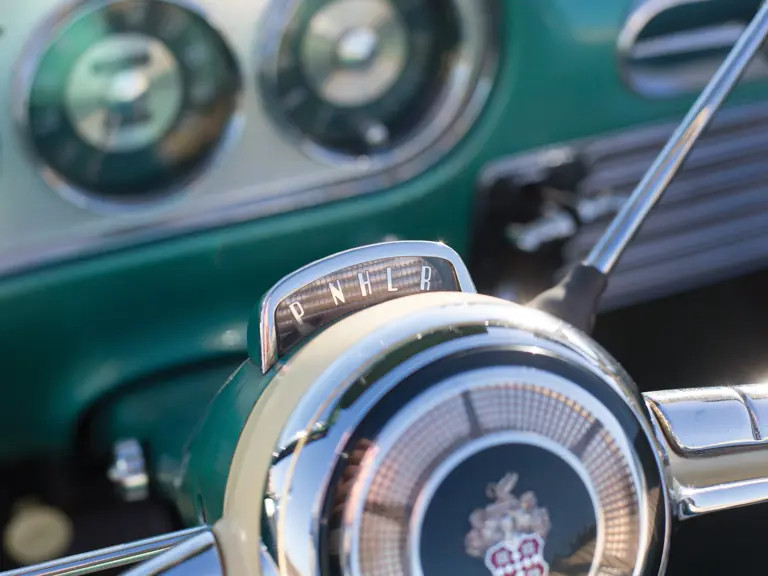



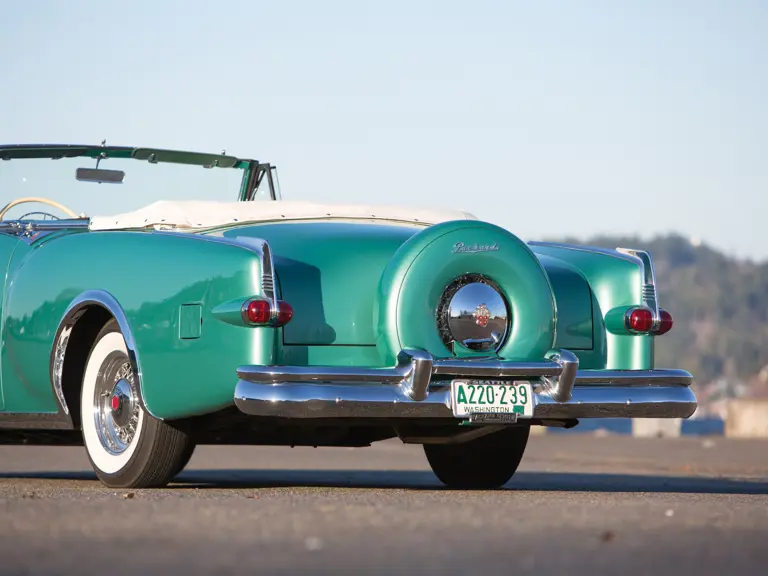
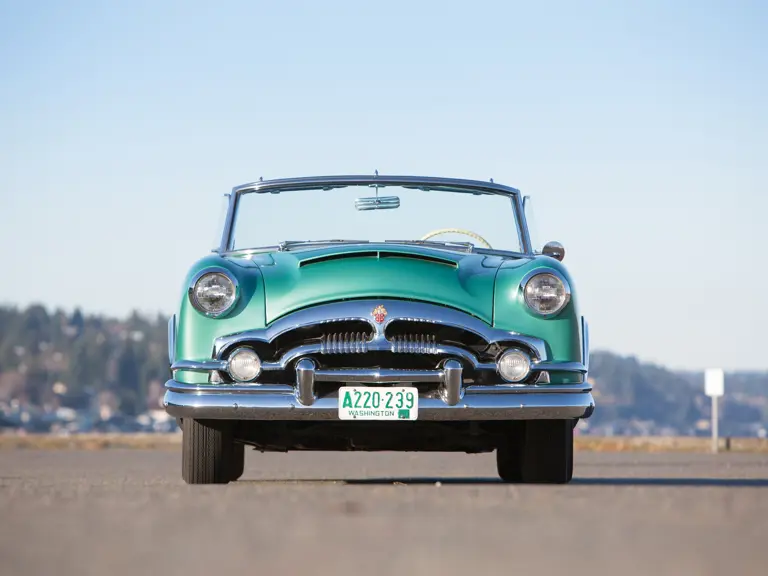

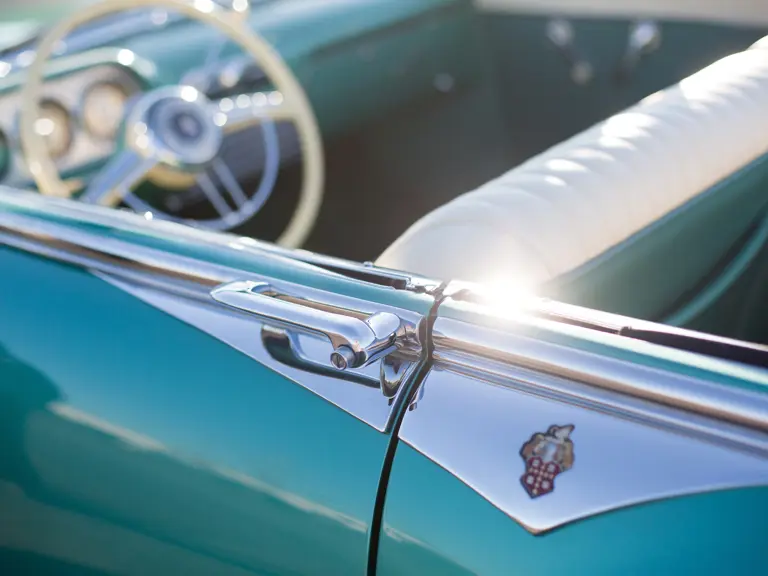
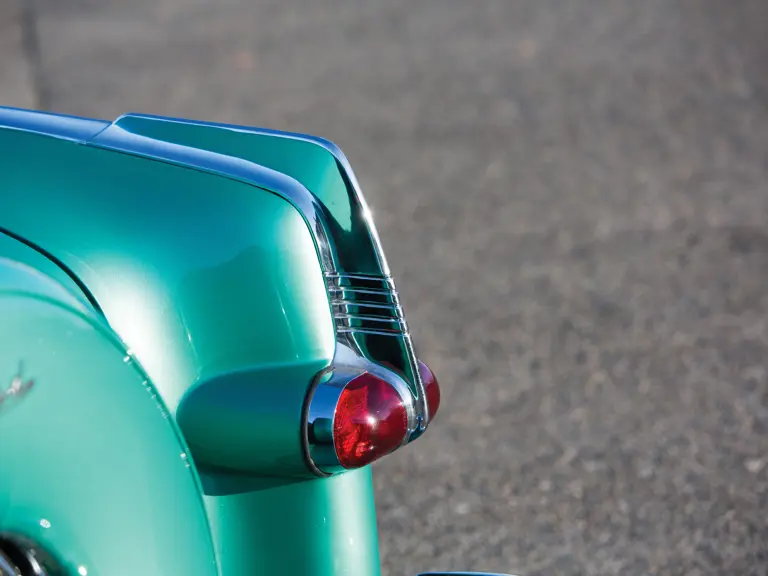
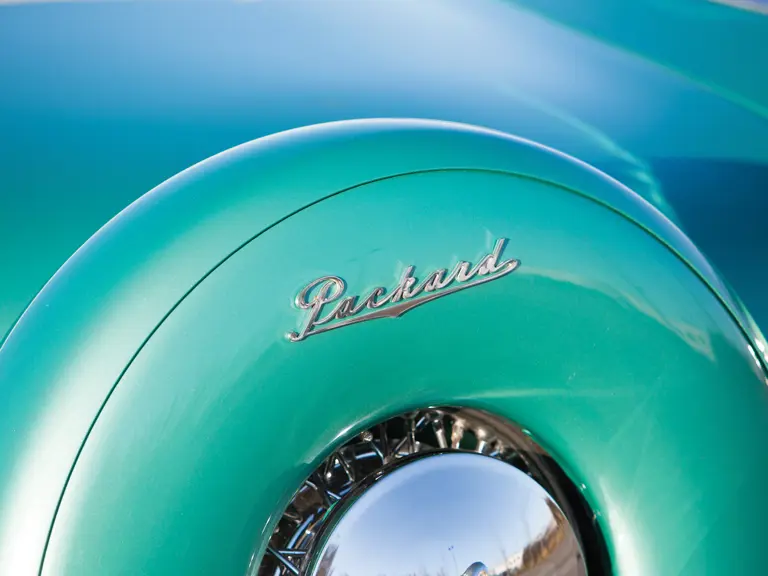

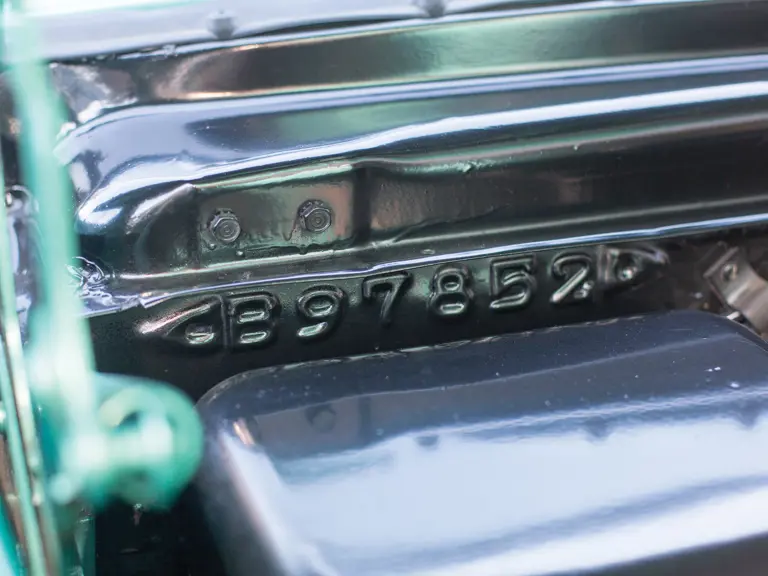

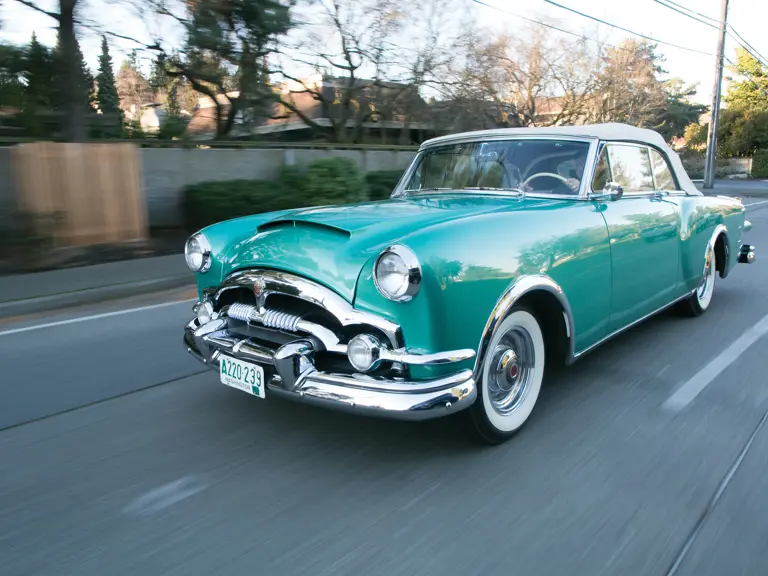
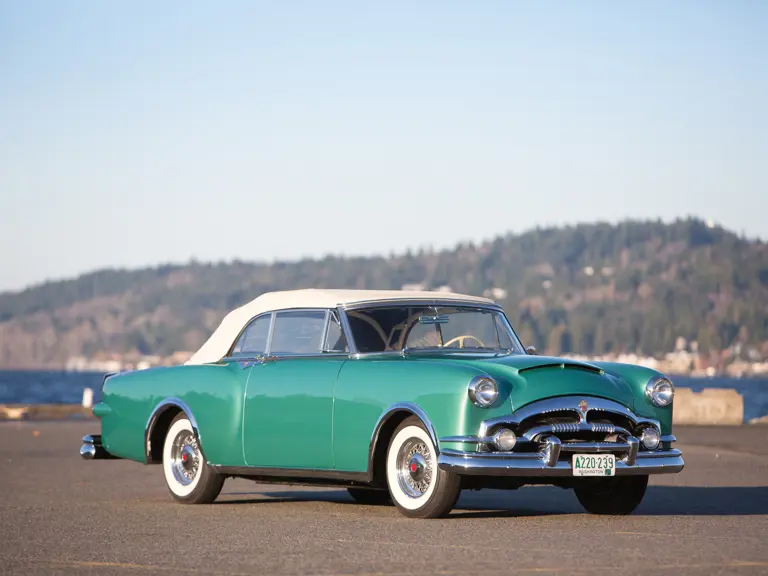


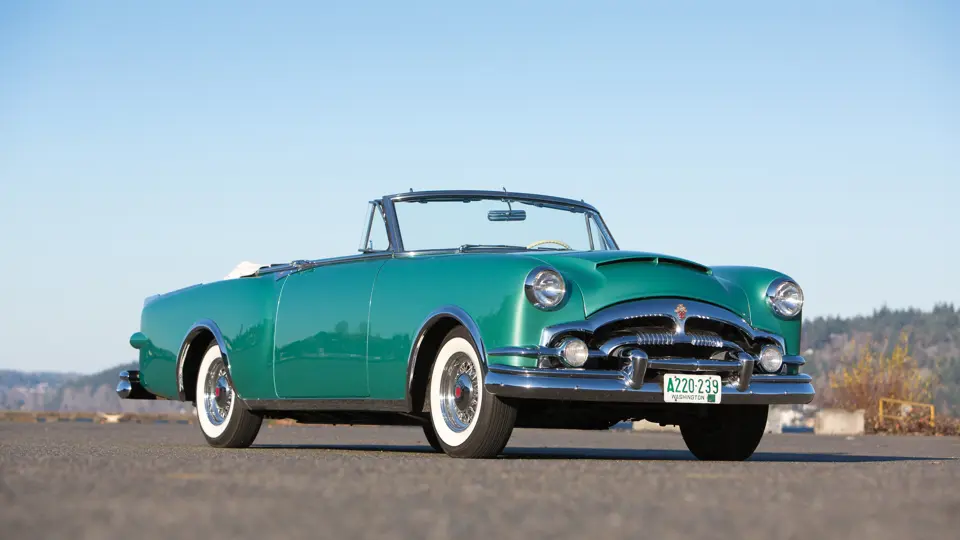
 | Phoenix, Arizona
| Phoenix, Arizona
